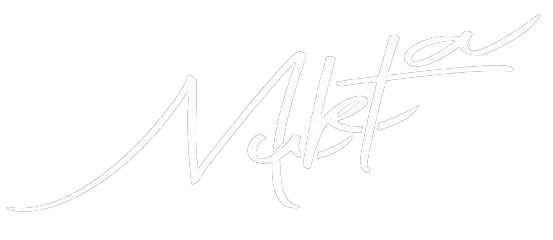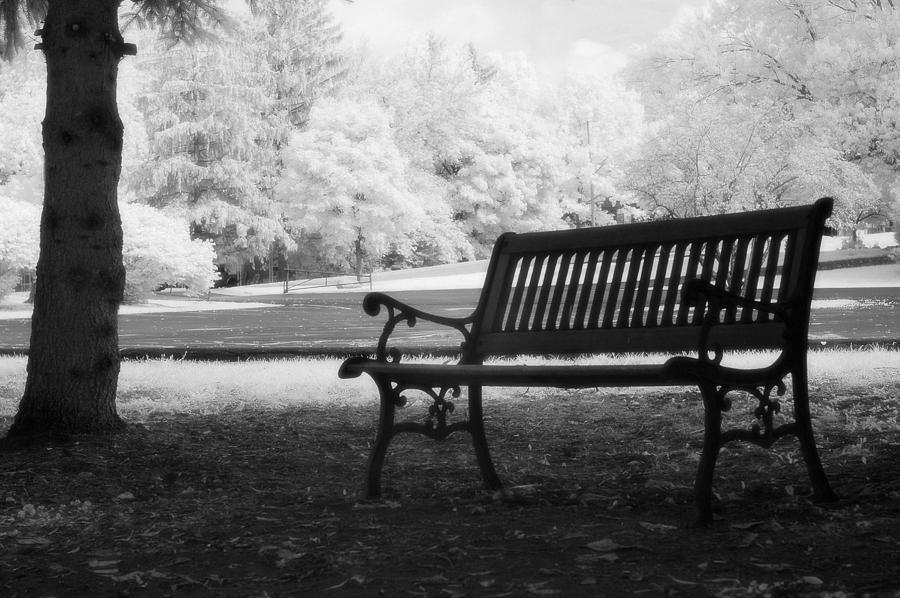It is moments like this that we are reminded of the healing power of poetry—its ability to permit us to wrestle with our feelings, to redefine our everyday existence, and most importantly, to provide emotional connectivity. Through poetry, we can find common similarities in our seemingly different and distant lives, making us feel not quite so alone.
In a time where social distancing has made us forgo our traditional mediums of connection, we have found solace in the power of poetry to create sparks of interaction, of shared memories and emotions, of self-reflection, and self-healing. While the distances between individuals and communities may seem to be growing, poetry closes the gap, and strengthens the connections we have to our own minds, those around us, and the collective world. Even if we are alone, poetry can provide us with avenues for healing and reflection, with a tangible and accessible way to bridge medicine and the humanities.
These experiences of poetry and its benefits have been long recognized before us. As a matter of fact, the healing power of art and poetry has been utilized and applied to patients for thousands of years. And starting in the early 19th century, poetry began to be used as a form of mental health treatment. Over time poetry has been used even as therapy and has been implemented into multiple settings, including senior centers, hospices, prisons, nursing homes, and hospitals across the United States and the world.
Poetry is much needed. With loneliness on the rise, social connections disintegrating, and isolation setting nationwide, the ability to have a genuine connection with others is becoming a scarce commodity. It’s never been more important to feel as if we have or are part of a community, and poetry can offer a way to do so, even as we grow more and more disconnected from others.


 For Mukta, life is about creation. She loves life in all its colours, hues, textures, expressions, tones and symphonies. She lives in the moment and writes with passion.
For Mukta, life is about creation. She loves life in all its colours, hues, textures, expressions, tones and symphonies. She lives in the moment and writes with passion.